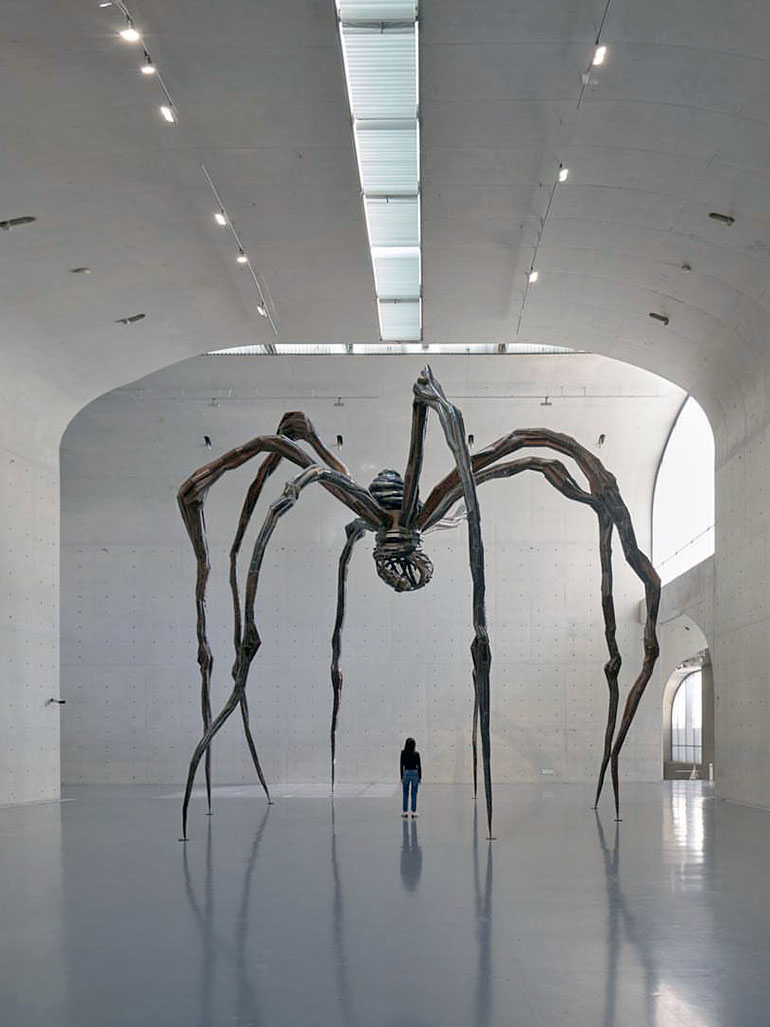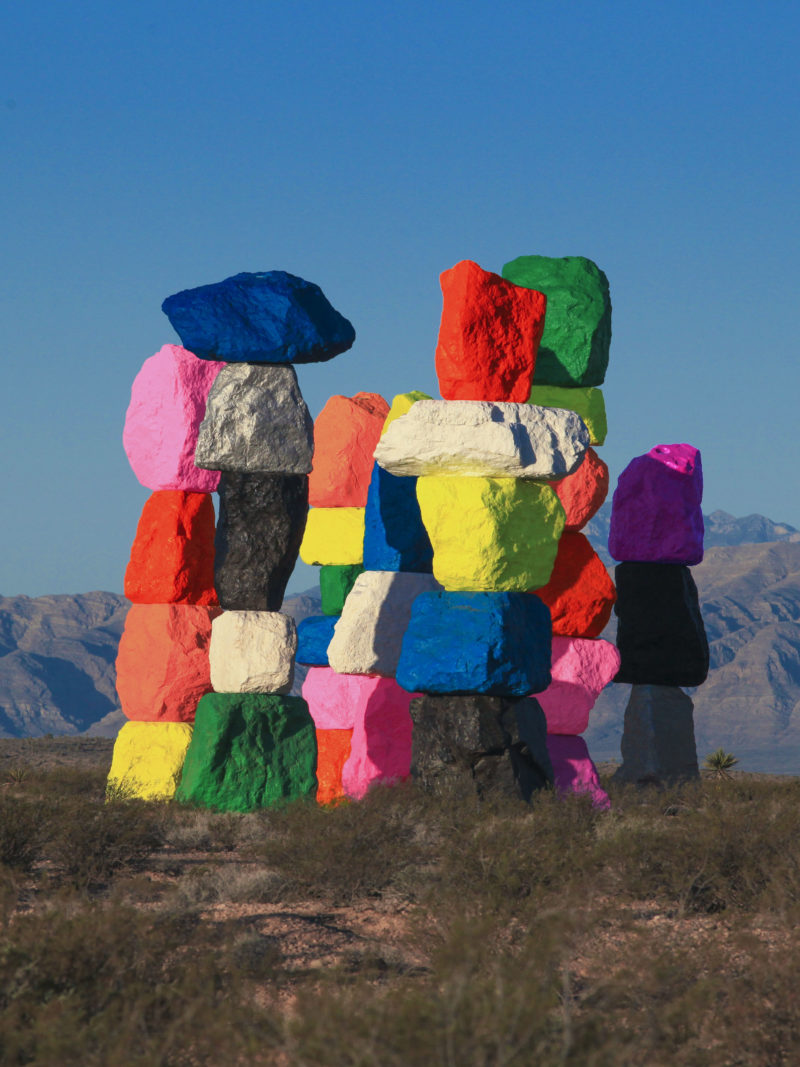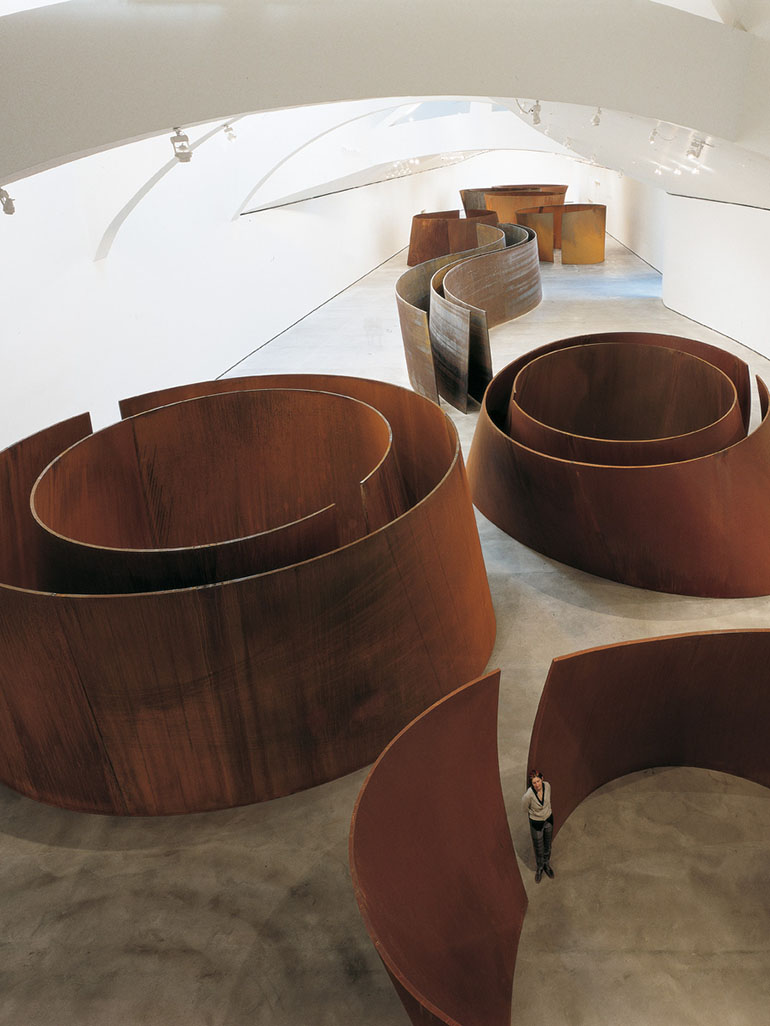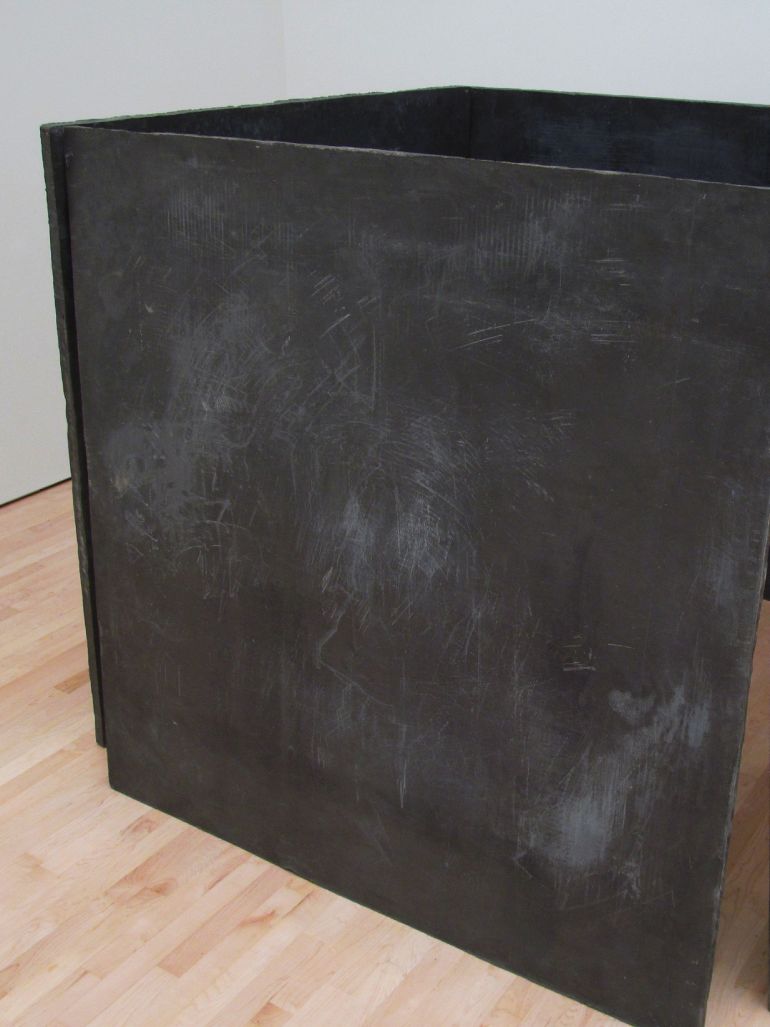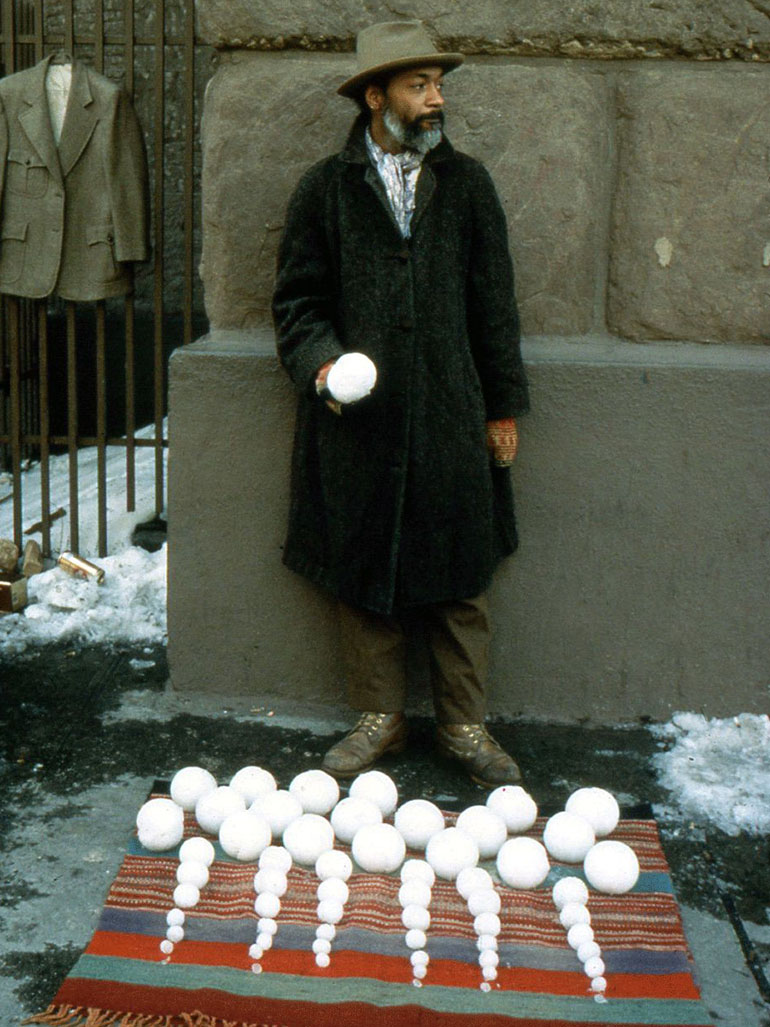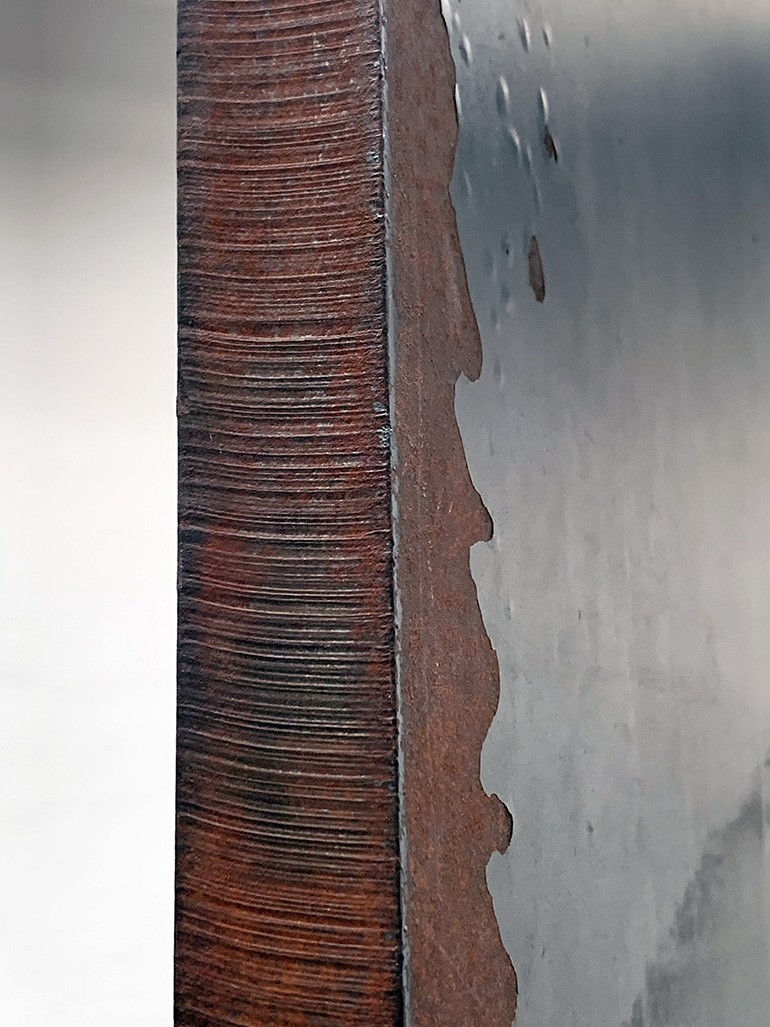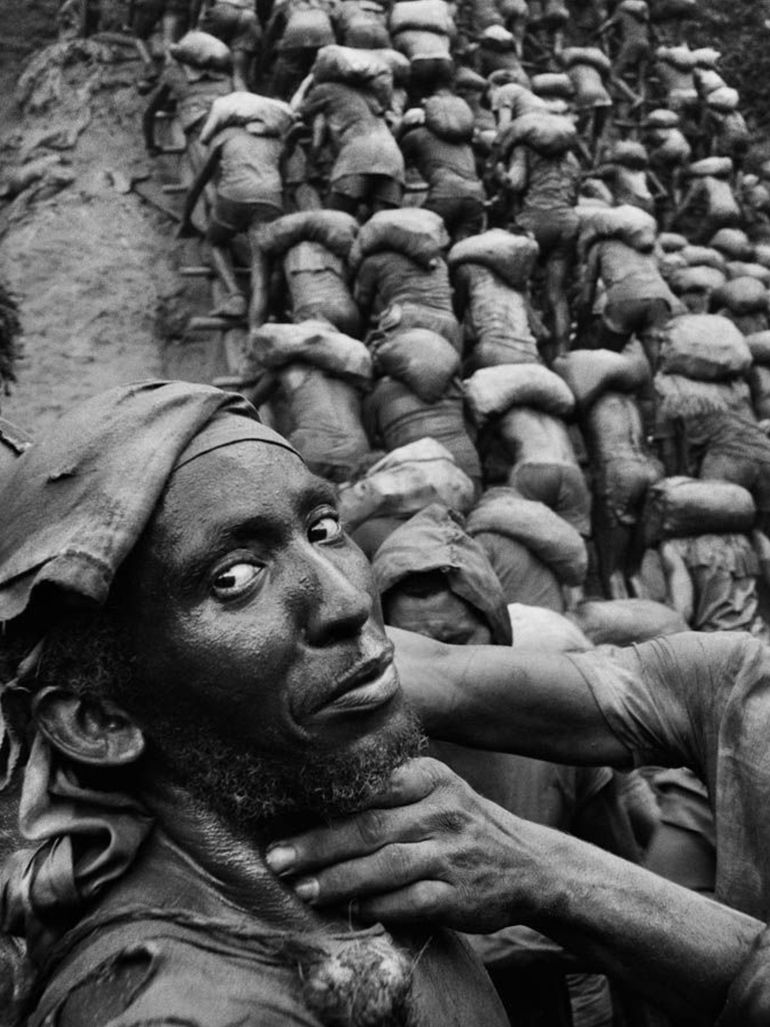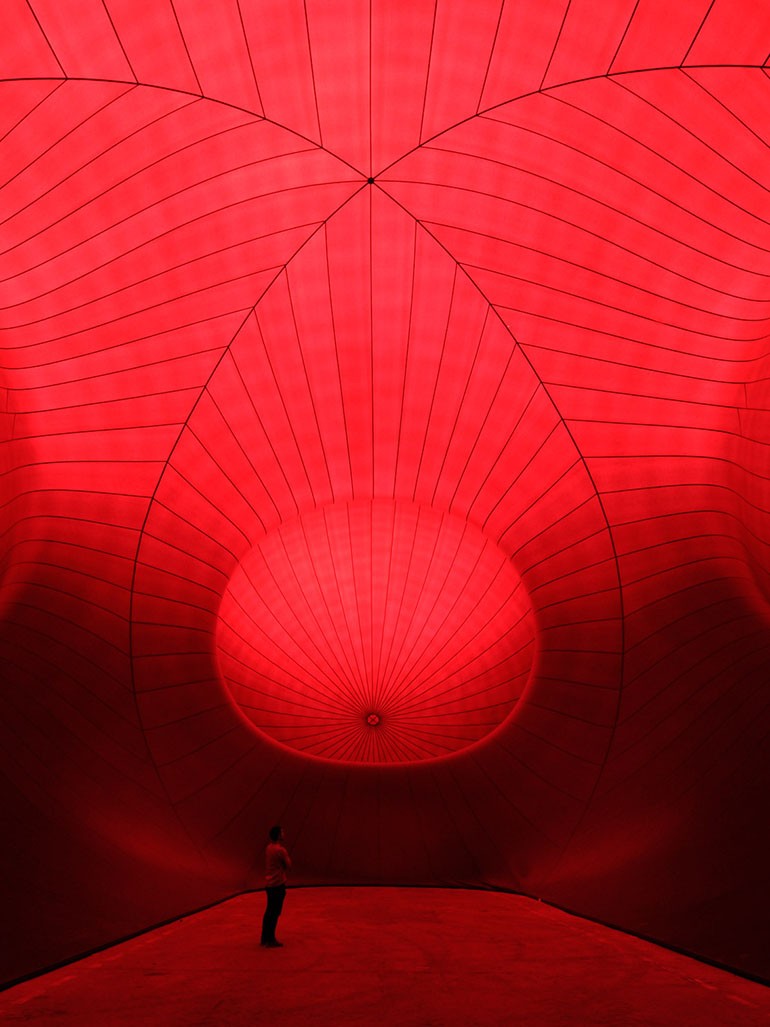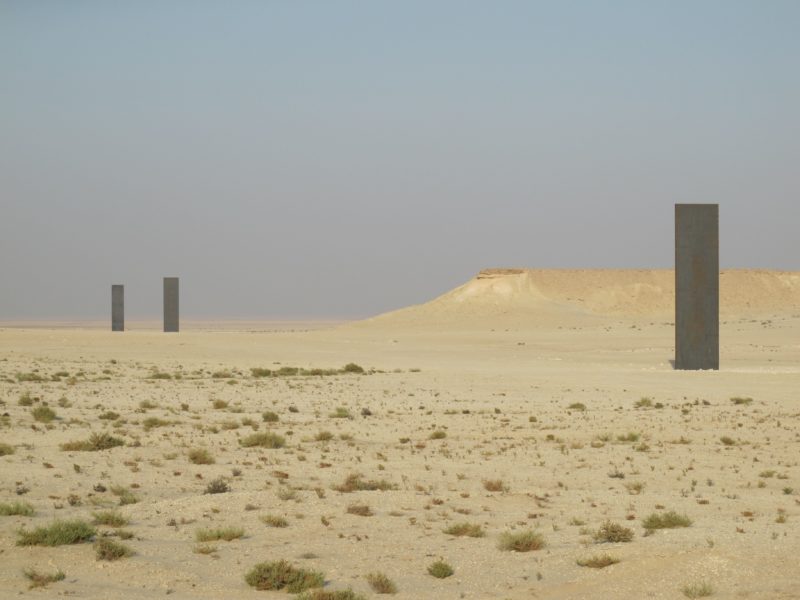
Introduction
East-West/West-East has become a famous landmark in Qatar since its installation in 2014. The work is by Richard Serra, one of the most celebrated living sculptors. He was voted third greatest living artist by Vanity Fair poll in 2013.
Richard Serra is known for conceptual manipulation of space, and East-West/West-East is more evidence than any of his other works.
How Serra made his decision
According to Serra, he has been visiting Qatar for about 12 years, during which he was introduced to the Chairperson of the Qatari Museums Authority and the sister of the new Emir, Sheikha Mayassa, by the architect of the Museum of Islamic Art, IM Pei. It was Sheikh Mayassathat who urged Serra to build a sculpture in the desert.
And when I first came, Sheikha Mayassa said to me, ‘you should build a piece in the landscape.’ I said, ‘what landscape?’ She said, ‘the desert’.
Serra was not keen on erecting a sculpture in the desert, but he agreed to check the location.
When I arrived at the site at Zekreet, it really caught my imagination. You have a ground plane and then an elevation of about 16 meters, so it’s a bit like you have two elevation planes within one field.
And since he considers space to be his primary material, it was no telling that Serra was already sold on the idea of desert art.
The four steel monuments are precisely aligned. To achieve this, the artist explored the topography of the area. With his installation, he enhanced the expansive space in the heart of the desert.
The location of the sculpture got Richard Serra also a bit worried, though. He stated1:
This is the most fulfilling thing I’ve ever done. It’s a piece that I’d really like to be seen.
The irony of his statement is that he is the one that chose the location for the four sculptures, two of which stand 14.7 meters high and the others rising 16.7 meters above the ground. Still, because they are adjusted for the topography, they are all level with each other.
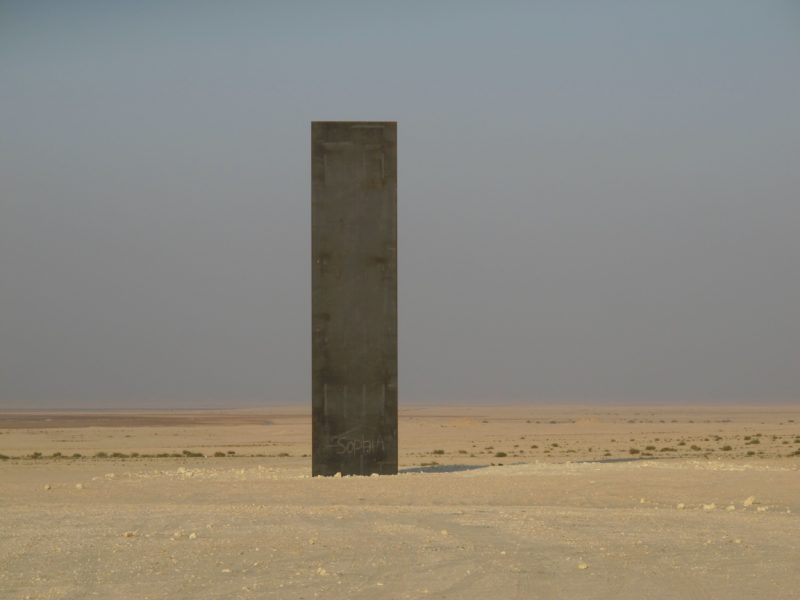
Location
Brouq Nature Reserve, Qatar
GPS N25o 31.019’E050o51.948’
+974 4452 5555
Open: 24 hours
While viewers usually flock to Serra exhibitions, East-West/West-East is located in a hardly accessible place one hour drive from the Qatari capital, Doha. No roads are leading to the location, no signs, and no maps. The only thing that visitors can rely on is the GPS coordinates that reads N250 31.019’E050o51.948′. The four monuments are located between the gypsum cliffs of the Brouq Nature Reserve.
The material
One interesting thing about East-West/West-East is that Serra used the same team that he has been using for over a quarter a century. The steel used in this piece is the same that he has used in other of his pieces and will rust in the same way, although more quickly due to the hot and salty conditions of the region.
According to the artist, the color of the four pillars will change from gray to orange to brown until they turn dark amber, nearly the same color as the Seagram Building in Doha. The steel plates were brought in from Germany and offloaded and transported, and craned into the desert. He described the exchange2 as follows:
During the hot temperatures of the summer, the pillars can absorb enough heat to cook scrambled eggs or even bake cookies. They are usually too hot to be touched. Serra said3:
How long those pieces will last, nobody knows. But I think this piece has a good shelf life.

Video: Richard Serra unveils his sculpture in Qatar Desert
1 min 56 sec
Analysis
Analysis
Richard said that his focus is not on the political and sociological aspect of the country, but instead his work.
You know, I come here and work. That is what I do.
The pillars are breathtaking, erected to form a straight corridor between the rundown cliffs synonymous with the topography of the region. The site draws a sizeable number of visitors – both locals and tourists, who come to see the installations.
Serra has always believed that sculptures should not be hidden in a museum; instead, they should be installed in public places. The significance of most of his works depends on the interaction with the viewers, which are driven by the aspiration to take the sculpture off the pedestal and into the street. To Serra, the content of the work stems from the interaction of the audience with that work, meaning he has pedestrians in mind when producing his pieces.
The artist commented on the significance of the installation regarding its topographical location. He said that the pillars bring the magnitude of the surrounding into focus. Speaking to The Independent, he said4:
Before, there was no way of discerning where anything was in relation to where you were because you had no point of reference. What that piece does is give you a point of reference in relation to a line, and your upstanding relationship to a vertical plane and infinity, and a perspective relationship to a context – and pulls that context together. It makes it graspable. That’s actually a place out there now, and there certainly wasn’t one before. We did that simply by putting up four plates. I think this country [Qatar] is trying to jump centuries, and that’s a hard game. But it is a phenomenon; there’s nothing quite like it.
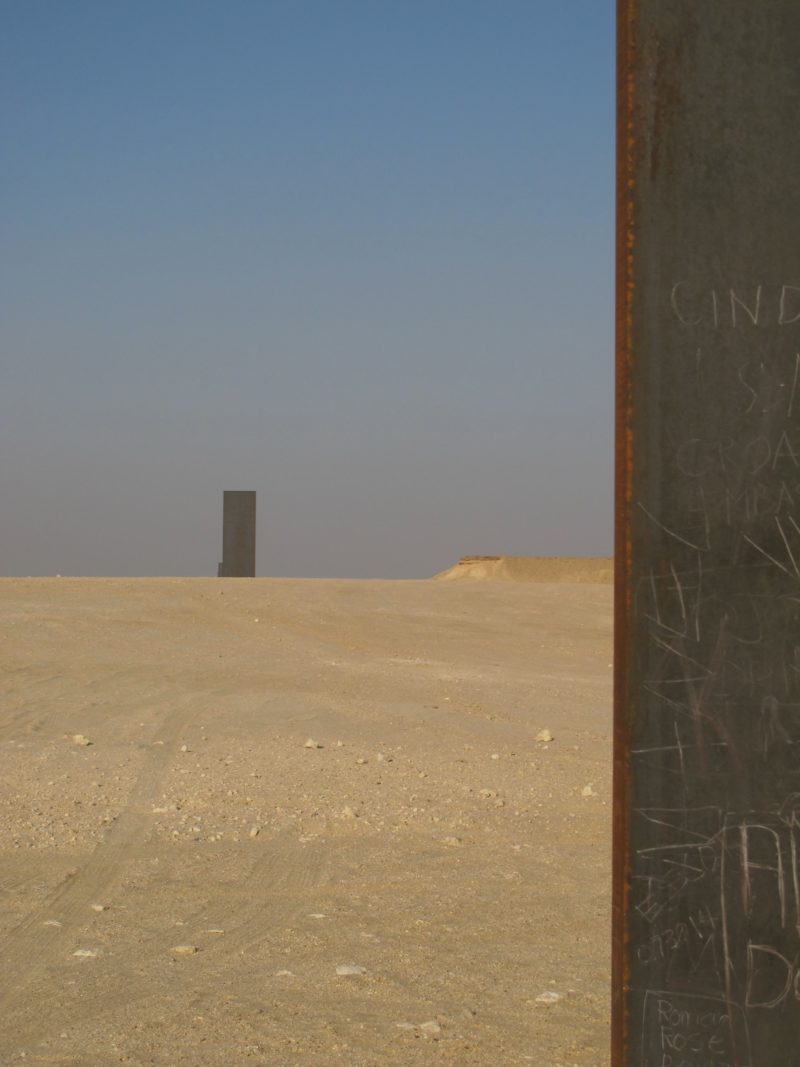
Conclusion
According to Serra himself, the pillars are transparent and [viewers] can actually engage them without any apprehension. The piece was not made for international art tourists or the locals. Instead, it was made for people who don’t know they live in a desert, void of everything and anything.
As Serra himself said, he was not concerned about the political or economic situation of the area. With East-West/West-East, he created a work that depicts how the social, political, and economic environment is desert-like. There is nothing in Zekreet, no society, no politics, and no economy, and just like the phrase global village, this sculpture shows you, the viewer, how you are living in a global desert.
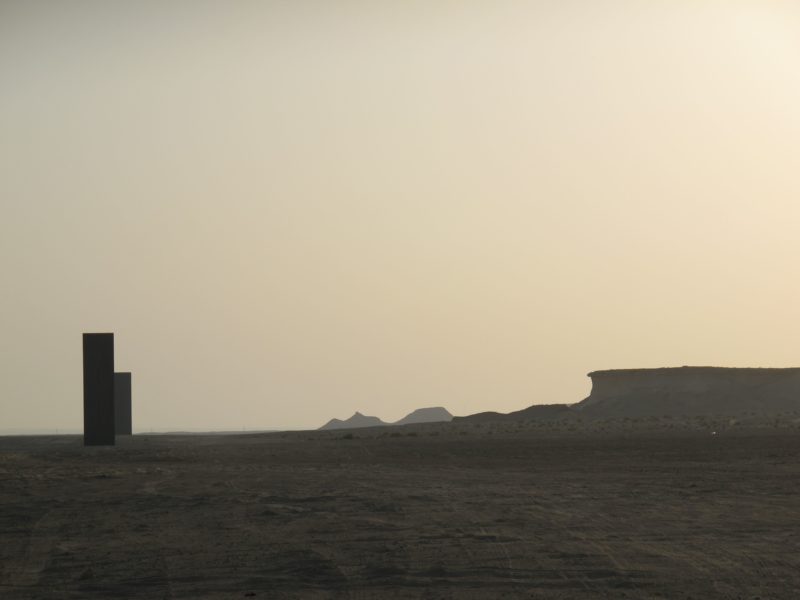
Explore nearby (Brouq Nature Reserve, Qatar)
 Louise Bourgeois' MamanQatar National Convention Centre, Doha, Qatar62 km away
Louise Bourgeois' MamanQatar National Convention Centre, Doha, Qatar62 km away Ugo Rondinone's colorful rocksRas Abou Aboud beachfront, Doha, Qatar75 km away
Ugo Rondinone's colorful rocksRas Abou Aboud beachfront, Doha, Qatar75 km away


